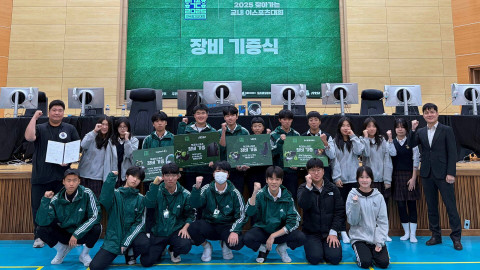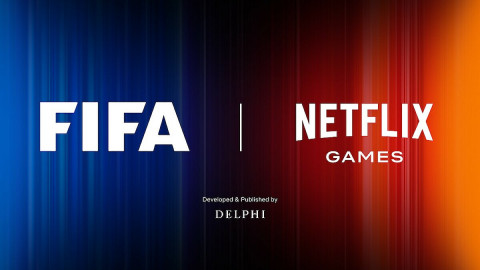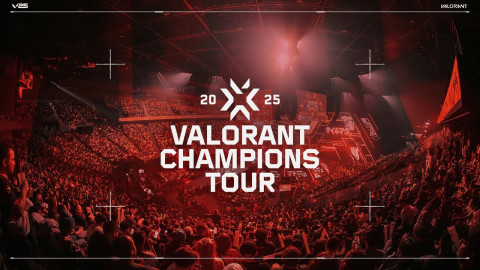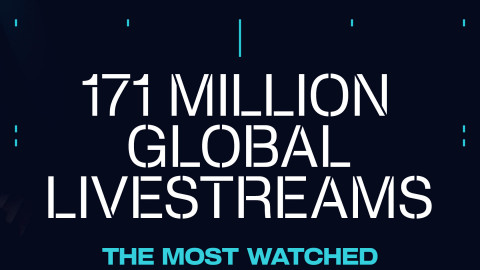
When I was five years old, I woke up at 5:30 AM —about 30 minutes before my alarm to go to school. What woke me up? The sound of my father playing Donkey Kong on the original Nintendo Entertainment System in the TV room next to my bedroom.
When I walked into the room where he was playing, I remember the look of joy on his face and how excited he was that he had woken up my brother and me with the sound of one of his, and our, favorite games.
It was a special moment that I still remember, because it was a moment when my father and I shared the love of the same thing, at least for a short while.
As our game systems became more complicated and left arcade formats behind, my father stopped playing games with us like he once had. While he and I could bond over games like Dig Dig Dug, Mappy the Mouse, or Tetris, this was less the case when I started playing Spyro, Madden, or Final Fantasy. By the time I was pushing into even more competitive titles like Starcraft ll and Overwatch, his interest in competitive games was all but gone.
A lot of people my age probably relate to this story. Many of us played arcade games with our parents when we were young, only to have video games becoming increasingly alienating to our parents as they continued to morph. This is not the video game’s fault — they have obviously improved by leaps and bounds. But our parents waning interest in games is a sad reality for those of us who miss the days when we could bond over games with our family.
The thing is, my father genuinely loved games and even loved watching them. He just loved his kind of games. We would go to the flea market to look for vintage games that we could plug into our outdated NES. While there, we would watch strangers compete at arcade cabinets in 10'x10' stalls and talk to shady salespeople trying to sell us illegally published ROMs of classic games. We would even compete against each other to get high scores and progress the farthest in our games.
My father was a competitive gamer. But the games industry just stopped emphasizing his kind of games.
A NEW CHALLENGER APPROACHES: The Atari Leaderboard Tournament
Last week, Atari launched a brand new tournament featuring their iconic arcade game Yars’ Revenge. The tournament started on March 17th and is set to run for 10 days, with the winner being whoever can claim the top position on the leaderboard come March 26th.
The tournament is sponsored by the Antstream Arcade, which is a free streaming platform dedicated to bringing players thousands of officially licensed retro gaming titles. Anyone can download the application and participate in the Atari tournament. The Atari tournament will also be open to Atari VCS owners, via the Antstream Arcade which is available on the Atari Store.
While some may see the Yar’s Revenge tournament as little more than nostalgia bait and a sales tactic for Antstream Arcade and Atari, to me, the event represents one of the most effective and important types of outreach in esports.
This tournament is an invitation to older generations to come and join us in playing and enjoying esports and video games.
Yar’s Revenge is an old-school game that will appeal to an old-school gaming audience. One could argue that this tournament isn’t really for Gen Z and Millenials at all, though they are certainly invited. This tournament is targeted at older generations who might have not played or even thought about video games in a while. This nostalgia bomb is carefully calculated to reach folks like my dad, and I genuinely think that events like this can break through to him.
While Yar’s Revenge isn’t exactly the most popular game from back in the day, this tournament signals a broader renewed interest in engaging an older audience in esports. It may be difficult to convince my dad to watch esports with me, but it’s a lot easier to convince him to play the games that he already fell in love with.
Tournaments like this can be a great jumping-off point for folks like him, and even if he never engages in another esports experience, at least he might get a little sense of what we all love about games and esports.
When my dad was a kid, there were two Space Invaders machines at the pizza place in his tiny Appalachian town. The rule was the high score got to stay. There were kids lined up in a row, quarter in hand, ready to take their turn. These games had a special relationship to my father, just like the games we grew up with have are special to us.
Celebrating these games is really celebrating the roots of our industry and our own history.
When we think about expanding the esports invitation, we don’t just have to look forward to new generations and new esports. We can also look back and reach out to those who fell in love with arcades in the 1980’s and played the earliest in-home consoles. The 1980 Space Invaders Championship held by Atari attracted over 10,000 participants. This format clearly had juice back then.
Who is to say that it won't attract an audience again today when esports are becoming increasingly mainstream?

Many of the people who participated in and watched the 1980 Space Invaders Championship are still out there, and they still love games. Our industry just hasn't checked in on them in a minute. Rebuilding the arcade leaderboard model of esports is perhaps the best way to reintroduce folks like my parents to playing and watching games for fun, again.
The intergenerational future of esports
Atari is not the only company with games that can reach the older demographic. Tetris still has an extremely competitive and dedicated esport, with competitors of all ages competing to stack lines and survive longer than their opponents. There are speedrunners who specialize in running almost exclusively classic titles. Online chess has seen a massive increase in presence over the past year. In fact, the chess category is now bigger than Overwatch on Twitch.
The appeal of these classic games is timeless and not specific to any age group. As a result, events like the Atari’s Yar’s Revenge tournament don’t just make nostalgia sense, they are also good business.
None of this is meant to say that there aren't older gamers engaging in mainstream esports. There are a ton of competitive gamers and esports fans of all ages and demographics. But there are some folks from older generations who aren't interested in those modern titles as much but would be interested in tournaments focusing on games they already know and love.
When it comes to organizing events and developing games, not everything needs to be designed to reach out to an older audience, but there should be events and games that do. Many may have groaned when Blizzard announced their Blizzard Arcade Collection as the first announcement of BlizzCon 2021, but there were folks who played those games in the 90’s who probably felt heard and valued at this year's Blizzcon due to that announcement.
The expansion of the esports invitation benefits everyone in esports, from the game producers to the organizers, to the fans.
To quote Kevin Hitt, an investigative journalist for the Esports Observer, on a panel about expanding the esports invitation at EIS 2021: “It's time for you to remove the word gatekeeping from anything that you do, and be a gate opener. That is what we need to be. It's time to expand the [esports] space, grow the space because it only benefits every single one of us."
The future of esports is for all ages, and I look forward to more events that capitalize on the golden age of arcades and reach out to folks like my dad, who are just waiting to be invited back in after a long absence.
-

Aaron is an esports reporter with a background in media, technology, and communication education.
Sort by:
Comments :0





